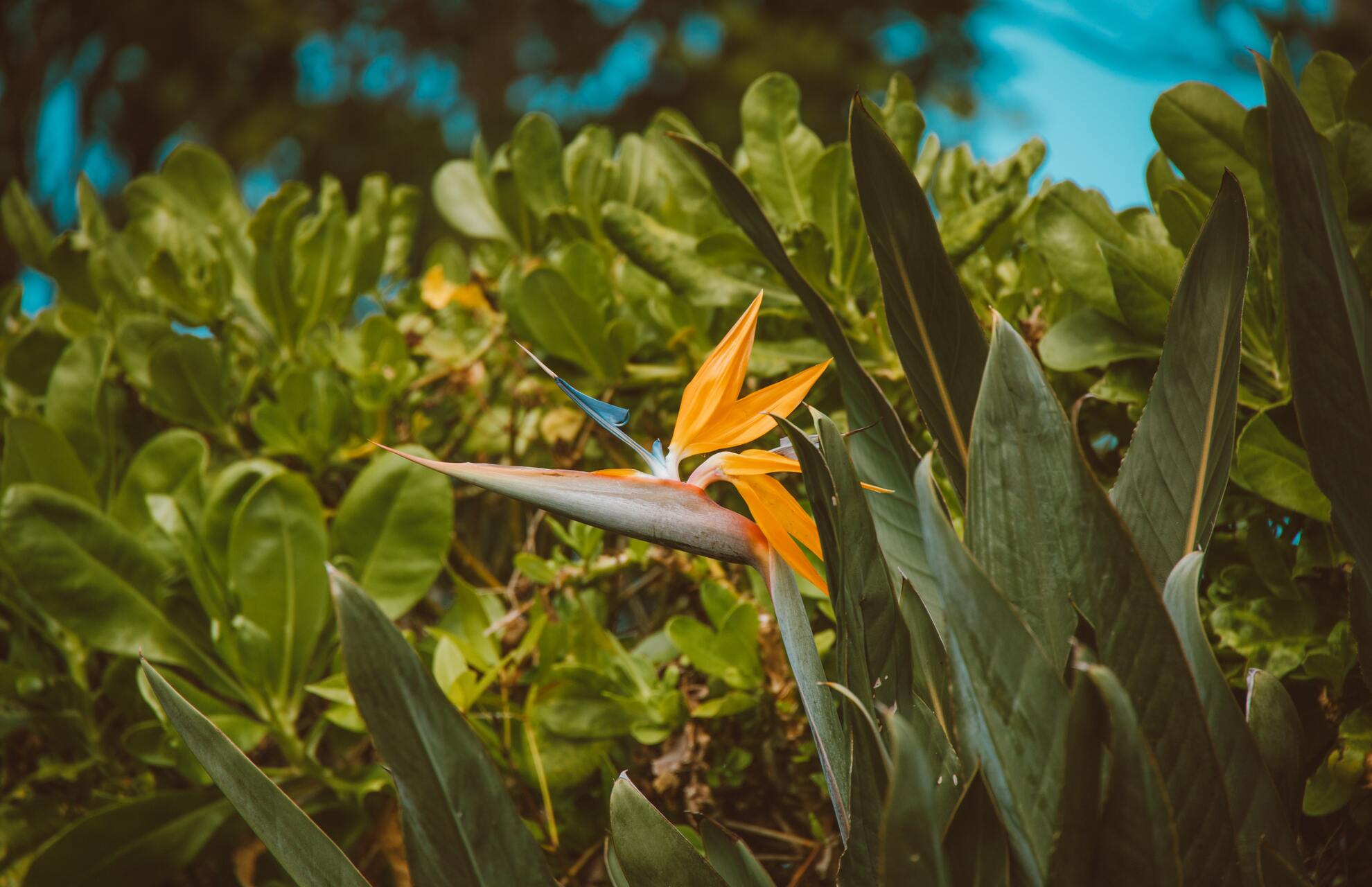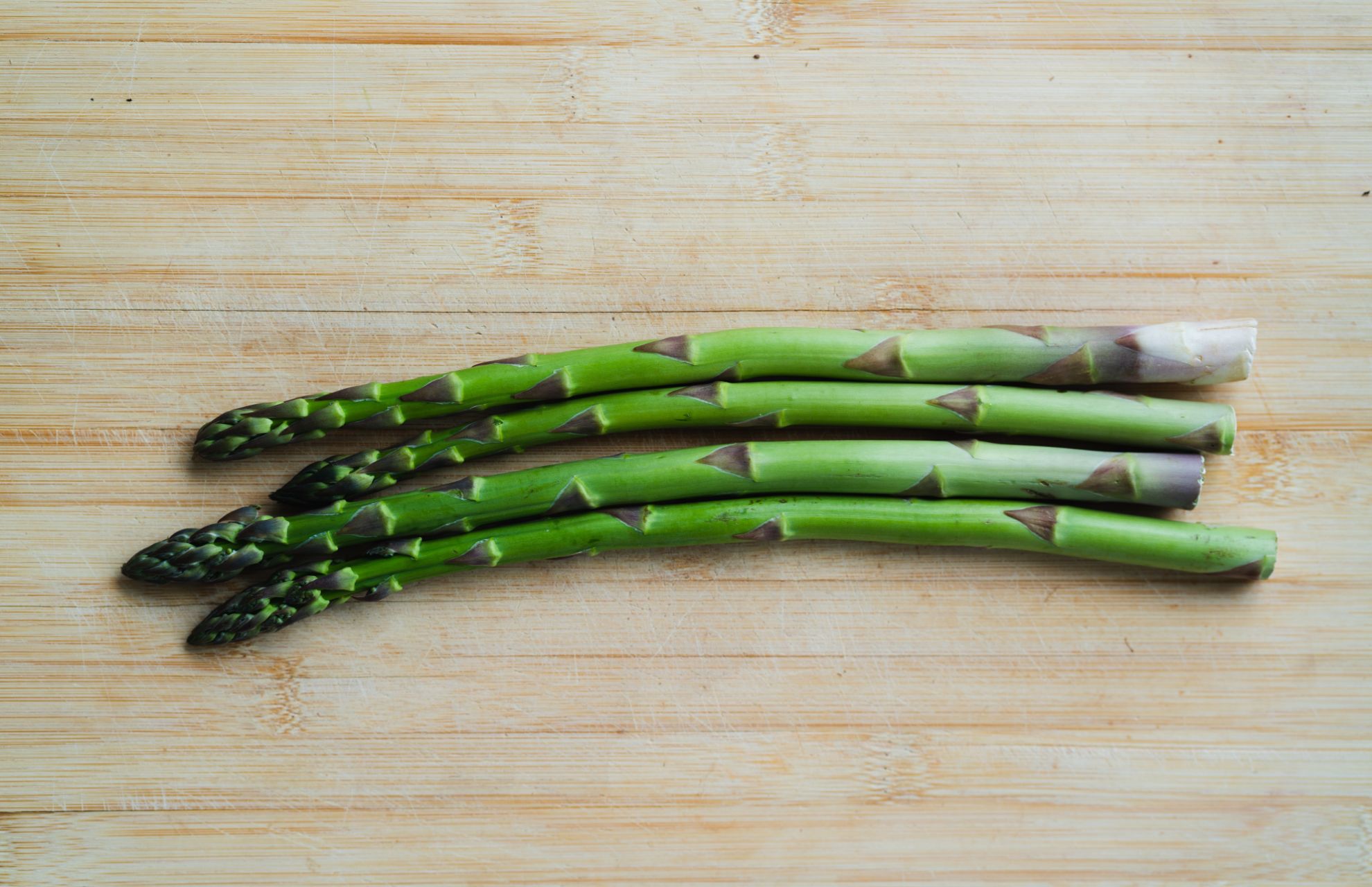This article will cover how to water snake plants and offer some practical advice to make sure your plant survives and grows.
Sansevieria, also known as snake plants, are a common selection for indoor plants due to their attractive appearance and simplicity of maintenance. Watering is one of the most crucial components of snake plant maintenance.
In this article, I’ll share my watering advice for snake plants so that they can live long, healthy lives.
How to Water Snake Plants?
Here is how to water snake plants:
Know the Water Requirements
Before watering your snake plant, it is important to understand its water requirements. Snake plants prefer to be kept on the dry side, and overwatering can lead to root rot. In general, snake plants should be watered every two to three weeks, depending on the temperature and humidity in your home.
Check the Soil Moisture
Before watering your snake plant, check the soil moisture level. Stick your finger into the soil about an inch deep, and if it feels dry, it is time to water. If the soil still feels damp, wait a few days before checking again.

Water Thoroughly
When it is time to water your snake plant, do so thoroughly. Water until the excess water starts to drain out of the bottom of the pot. Be sure to empty the saucer underneath the pot after watering to prevent the plant from sitting in standing water.
You Might Also Like:
Use the Right Water
Snake plants prefer distilled or filtered water, as tap water can contain chemicals and minerals that are harmful to the plant. If you don’t have access to distilled or filtered water, you can leave tap water out overnight to allow the chlorine to evaporate before using it to water your plant.
Adjust Watering in Different Seasons
During the winter months, snake plants go into a dormant phase and require less water. In contrast, during the summer months, they may need to be watered more frequently due to increased humidity and higher temperatures.
When to Water Snake Plants?
Snake plants should be watered once their soil has completely dried out, which applies to both indoor and outdoor varieties. Due to increased light, warmer temperatures, and a more active growth schedule in the spring and summer, you can anticipate watering your snake plant more frequently than you would in the fall and winter.
For instance, during the spring and summer you may only need to water your snake plant once every two to three weeks, and during the fall and winter only once every two to three weeks.
If you grow snake plants outdoors and live in an area where the average annual temperature is above 55 degrees Fahrenheit, you will keep a regular watering schedule based on the warmer weather.

When in doubt about when to water your plant, keep in mind that it is usually preferable to underwater snake plants rather than overwater them. For both indoor and outdoor plants, you can buy a moisture meter to test the soil and make sure it is completely dry before watering.
How Often to Water Snake Plants?
Every two to four weeks during the warm months, and less frequently during the colder ones, snake plants should be watered. Check the soil with your finger to make sure the top layer of soil is dry before watering your sansevieria.
If the soil feels dry after inserting your finger into it for about an inch (2.5 cm), it’s time to water. Give it another week before watering if the soil is still wet. You can also use a soil moisture meter to determine when the soil needs to be watered once more.
Signs Your Snake Plant is Underwatered
Your snake plant will start to dry out if you don’t water it frequently enough. If you notice any of the following signs give your plant a good watering and keep an eye on it:
- Brown, crispy leaf tips
- Dying leaves
- Hard, compacted soil that is pulling away from the edge of the pot
Your plant may require a new container and fresh soil if the soil is compacted. But typically, a few routine waterings will revive the plant.
Signs Your Snake Plant is Overwatered

Due to their drought tolerance, snake plants are particularly vulnerable to overwatering. Watch out for signs of overwatering such as:
- Yellow leaves
- Mushy stems
- Waterlogged soil
Unpotting the plant and checking its roots for root rot, which can kill your plant if not caught in time, are both wise moves if you see any indications that you have overwatered the plant.
How Long Can Snake Plants Live Without Water?
Sansevierias can survive without regular watering because, like other succulents, they can store water in their leaves, roots, and rhizomes.
Snake plants can go without water for two to three weeks in the summer and for six to eight weeks in the cooler months.
Make sure to thoroughly water your snake plants before you leave if you’re going on a long vacation.
Can Snake Plants Be Bottom Watered?
Each time they need a deep watering, snake plants can be watered from the bottom. By putting your snake plants in a shallow container or bathtub that has about an inch (2.5 cm) of water in it, you can bottom-water them.
By watering from the bottom, you can fully saturate the soil and encourage the roots to spread out toward the bottom of the pot. Before bottom watering Sansevierias, always make sure the soil is dry.
Conclusion: Water Snake Plant
Watering snake plants is a simple process, but it is important to pay attention to their water requirements and adjust watering according to the season. By following these tips, you can ensure that your snake plant remains healthy and happy.
Snake plants make beautiful, low-maintenance houseplants, and with the right watering routine, you can make sure that your plants will remain strong and thriving for many years to come.
FAQs
Can Snake Plants Be Watered With Tap Water?
Since snake plants and other indoor plants are sensitive to chlorine added to tap water, it is ideal to use filtered water or rainwater for them. If you only have access to tap water, let it stand for the entire night so the chemicals can dissipate.
Do I Water My Snake Plant from the Top Or Bottom?
Water from the bottom of the pot, if possible. In order to stabilize the heavy, tall leaves, this encourages the roots to grow deeply and downward. Water your plants less frequently in the winter than you would in the spring and summer because they aren’t actively growing.









